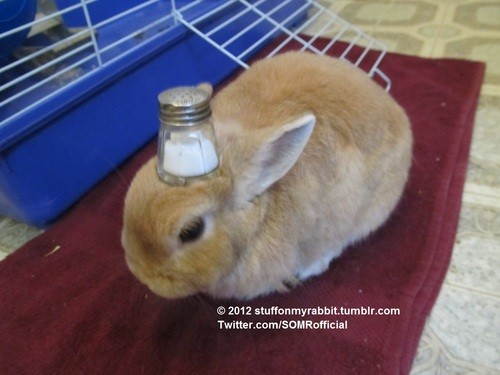I'll ref this part for a minute, <----------- chemist with 15+ years formulating polymer/urethane systems, has 4 viscometers is lab down stairs.
For the most part microballoons, glass beads, calcium carbonate, talc, et al are not thixotropic. they do increase viscosity and can make newtowian liquids into very viscous newtonwian liquids and if you measured them across a large shear range, there would be a small amount of thixotropy. But they dont work nearly as well as fumed silica, clays and other specific additives.
When done right fumed silica or clay can produce something with 3,4,5 or 10x the viscosity from high shear rate to low shear rate. ie the viscosity measured at 60rpm is 1/5 or 1/10 the viscosity measured at 5rpm. A normal newtonian liquid is the same at any reasonable shear rate.
TL/DR - Micro balloons are not Thixotropic.





